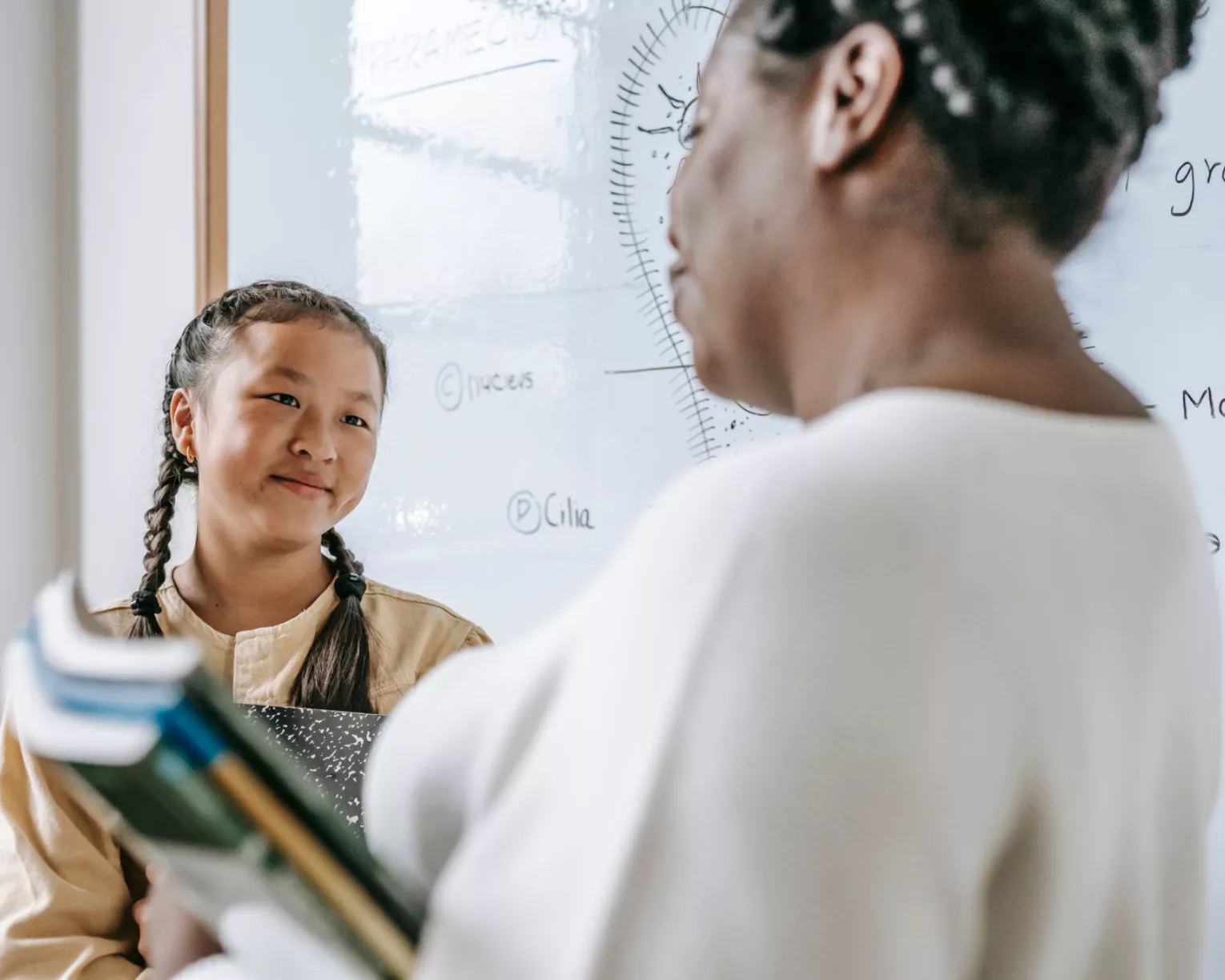Key Takeaways
Once you have completed the referral to special education process and the school has obtained parent/guardian consent, a team of qualified school professionals must conduct an evaluation to determine a student’s eligibility for special education. The purpose of the evaluation is to identify strengths and weaknesses in a child’s academic performance and decide if the child has a disability that requires special education services.
The Individuals with Disabilities Act (IDEA) requires that the evaluation must be completed within 60 days of receiving consent; however, be sure to verify evaluation procedures and timelines specific to your state and school district because many states have more stringent requirements than the federal requirements. For example, states such as Nevada and Minnesota mandate shorter timelines for completion of the initial evaluation.
IDEA defines 13 specific categories of disability that require public school systems to provide special education services, which include:
-
Specific learning disability (SLD)
-
Autism spectrum disorder (ASD)
-
Emotional behavioral disorder (EBD)
-
Speech or language impairment
-
Visual impairment
-
Deafness
-
Hearing impairment
-
Deaf-blindness
-
Orthopedic impairment
-
Intellectual disability
-
Traumatic brain injury
-
Other health impairment
-
Multiple disabilities
As an educator, you need to be familiar with the following information about conducting evaluations, as outlined in IDEA:
-
Determinations cannot be based on a single measure or assessment, requiring schools use a variety of tools to gather information including parental/guardian input, classroom observations, interviews, review of existing data, valid assessment instruments, and other additional data as determined by qualified professionals.
-
The evaluation measures must be administered in the child’s native language and cannot be discriminatory in nature or culturally biased. The measures must be technically sound and administered in accordance with instructions from the provider of the instrument.
-
Evaluation measures must be administered and interpreted by trained and knowledgeable personnel.
-
A copy of the evaluation report must be provided to parents/guardians along with the determination of eligibility.
Once the evaluation has been completed, the group of qualified school professionals will meet with the parent/guardian to discuss whether or not their child meets the definition of a child with disability as defined by IDEA.
If the answer is yes, an Individualized Education Program (IEP) team—which includes, at minimum, a special education teacher, a regular education teacher, a parent/guardian, an administrator, a qualified individual who can interpret the instructional implications of the evaluation results, and the child, when appropriate—must meet to develop an IEP, a document that outlines the special education instruction, supports, and services required to meet the child’s unique educational needs. IEPs must be reviewed at least once a year. If the answer is no, where appropriate, the school may recommend support through a 504 plan or intervention services. Make sure that the parents/guardians are aware of their right to appeal the evaluation results.
Whether or not the child is found eligible for special education services, you should share information about informal supports that you provide to all students in your classroom and suggest resources and supports to help the student at home.
For More Information
Additional Resources
U.S. Department of Education. Part 300 (Part B) Regulations, Subpart D, Evaluation Procedures.
Speak Up For Students and Public Schools
